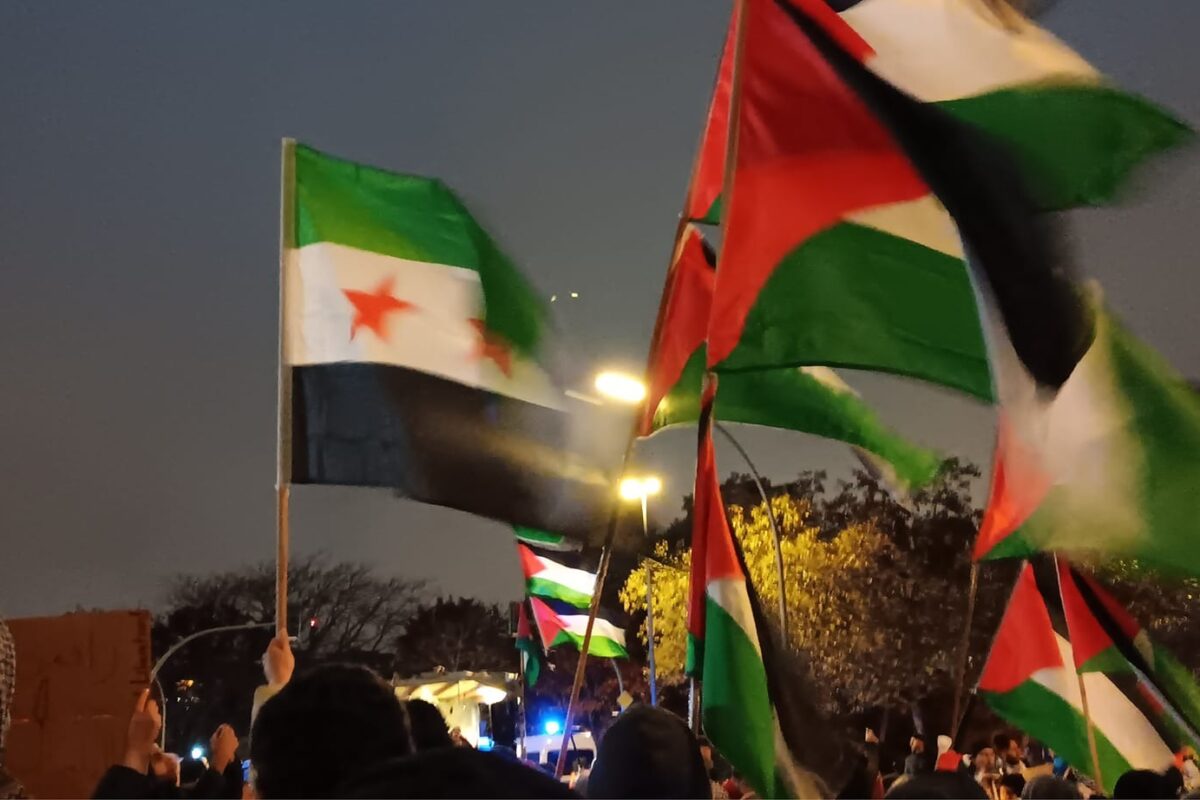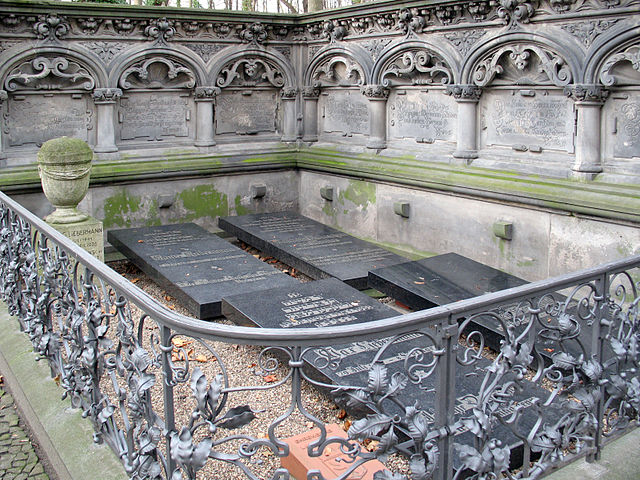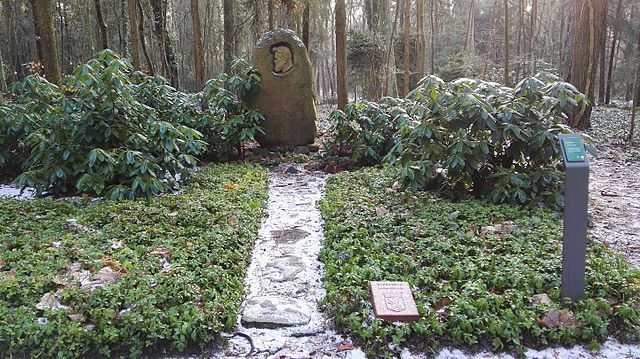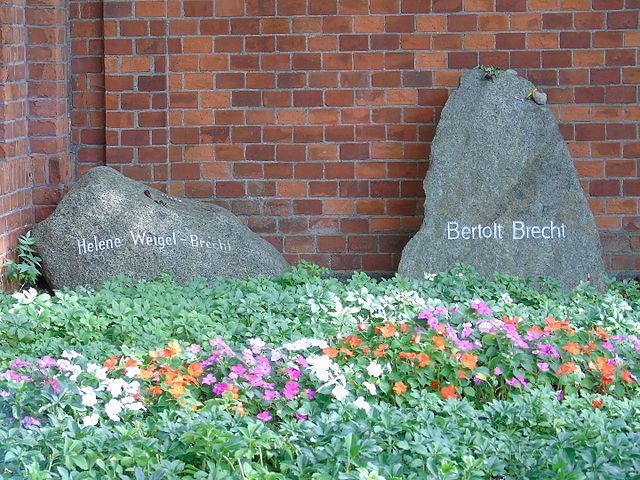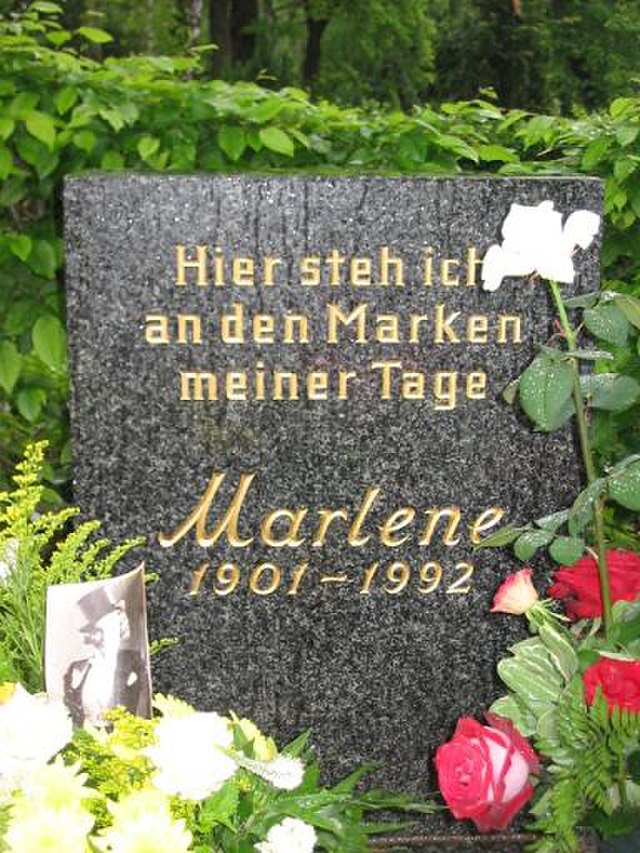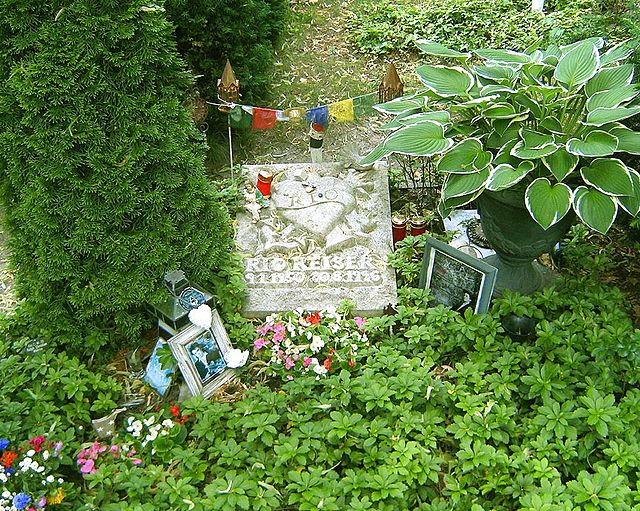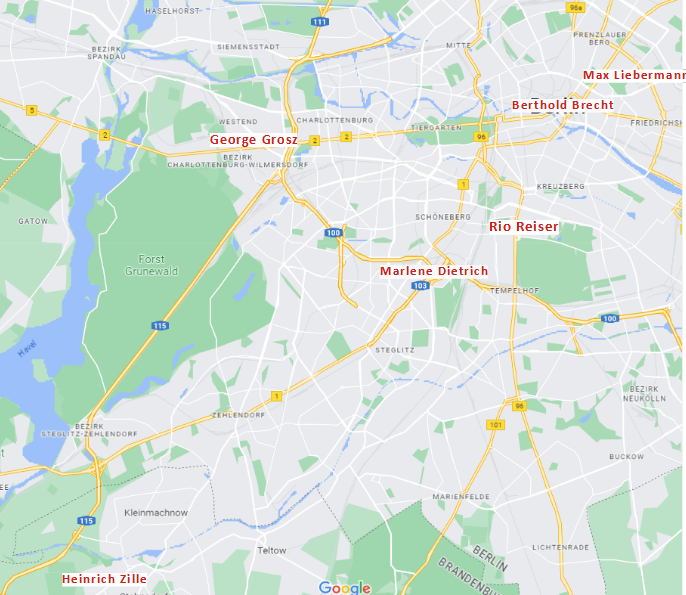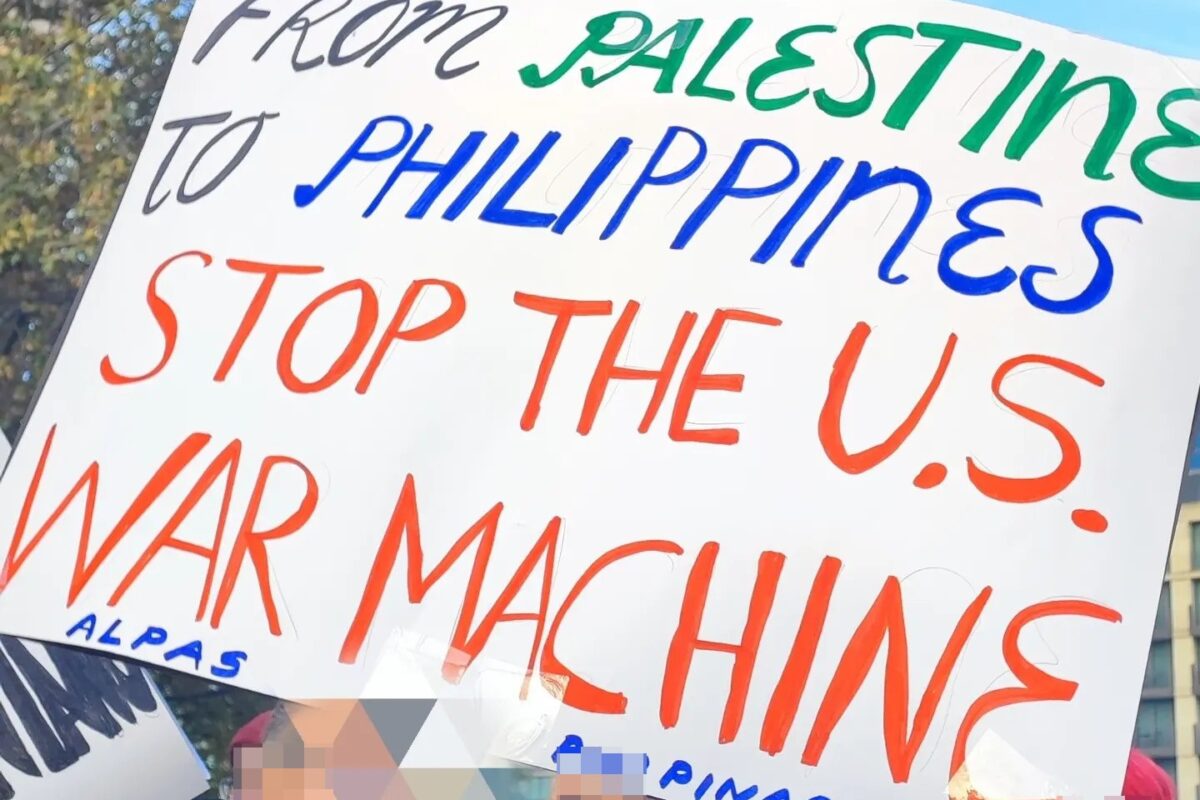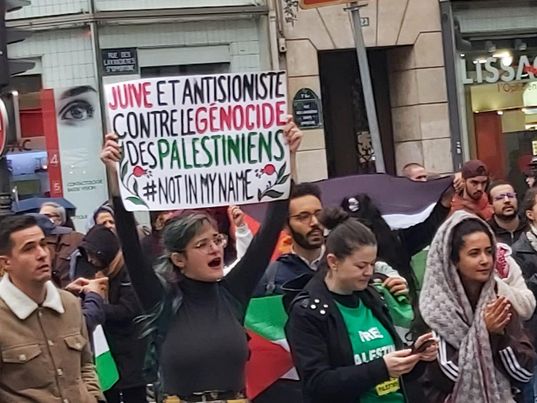German, Arabic, Hebrew, Turkish and Spanish Versions follow
The German government is supporting an appalling humanitarian tragedy. Following the attacks perpetrated against the civilian population by Hamas on October 7, Israel has chosen to apply reprisals affecting the Palestinian population in the Gaza Strip as a whole. This vindictive response, carried out with the complicity of some sectors of the international community, goes further in the Israeli aggression that the Palestinian people have been enduring for 75 years. Bombardment of the civilian population, deprivation of essential resources and the expulsion of the population constitute crimes against humanity. This renewed siege of Gaza has already claimed the lives of thousands of people, a third of them children.
In Germany, voices critical of this situation are unfortunately criminalized by government institutions and the media. In this context, the already worrying restriction of the rights of assembly and expression of citizens of Palestinian origin has been aggravated. The systematic prohibition of demonstrations called by the Palestinian diaspora far exceeds the exceptional cases in which international human rights standards contemplate the restriction of this right. To this are added cases of more or less formal coercion in the field of education, for example the Berlin government’s directive to schools and institutes on 13th of October urging their staff not to allow symbols such as Palestinian flags or headscarves, even though it recognizes that they are not forbidden.
These attacks on fundamental rights also have a racist bias, since they are fundamentally aimed at the population of Palestinian origin in the first place, and at the population of Arab origin in general. The widespread practice of “racial profiling” in the context of bans on demonstrations is an expression of this phenomenon. It should also be noted that the potential for committing hate crimes or antisemitic expressions, which cannot be a basis for the a priori prohibition of all demonstrations, and has not been considered against numerous demonstrations of the extreme right or of groups opposed to vaccination against the coronavirus.
From different organizations and collectives of the organized international left in Berlin and in Germany we formulate the following appeal to German society, to the citizens who believe in democracy and especially to the German left: the right of assembly and freedom of expression are universal and fundamental rights recognized by liberal democracies and defended by the left as their own. Their restriction or suppression is unacceptable in democratic societies.
We therefore call on those who believe in democracy to defend these rights. We especially call on the German left and the parliamentary left DIE LINKE in Berlin and Germany to stand up for these rights against the reactionary advance of the other actors of the political spectrum and the parliamentary arc, as well as to defend peace and human rights anywhere in the world, including in Palestine against the war crimes committed by the Israeli government in Gaza.
Looking the other way sets a dangerous precedent in a time of advancing conservative reaction which, in the exercise of power, will not hesitate to make extensive use of the restriction of rights and freedoms. If we do not raise our voices now, it may be too late later.
You can add your name to this letter by following this link.
First signatories (shown alphabetically):
- Asociación Cultural Violeta Parra e.V. Berlín
- Bloque Latinoamericano Berlín
- Comité México en Transformación – Berlin
- CUP Exterior
- Izquiera Unida Berlín
- LAG Internationals – International Working Group of DIE LINKE – Berlin
- La Jaima de Tiris
- Partido Comunista de España – Núcleo “Ernst Thälmann”
- Podemos Berlín
- Socialist Refoundation Party, Turkey (sykp)
- Sumar Berlín
- theleftberlin.com editorial board
Solidarität mit den Palästinenser:innen
Offener Brief von internationalen linken Aktivist:innen in Deutschland
Die deutsche Regierung unterstützt aktiv eine entsetzliche humanitäre Tragödie. Nach dem von der Hamas am 7. Oktober verübten Angriff auf die Zivilbevölkerung hat Israel beschlossen, Vergeltungsmaßnahmen gegen die gesamte palästinensische Bevölkerung im Gazastreifen zu ergreifen. Diese Racheaktion, die mit Beihilfe einiger internationaler Akteur:innen durchgeführt wird, ist ein weiterer Schritt in der israelischen Aggression, die das palästinensische Volk seit 75 Jahren erdulden muss. Das Bombardieren der Zivilbevölkerung, der Entzug der Lebensgrundlagen und die Vertreibung der Bevölkerung sind Verbrechen gegen die Menschlichkeit. Die erneute Belagerung des Gazastreifens hat bereits mehrere Tausend Menschen das Leben gekostet, ein Drittel davon sind Kinder.
In Deutschland werden Stimmen, die sich zu dieser Situation kritisch äußern, leider von staatlichen Institutionen und den Medien kriminalisiert. In diesem Zusammenhang hat sich die ohnehin schon besorgniserregende Einschränkung des Versammlungs- und Meinungsrechts von Palästinenser:innen bzw. Menschen palästinensischer Herkunft in Deutschland noch weiter verschärft. Das systematische Verbot von Demonstrationen, die von der palästinensischen Diaspora organisiert sind, übersteigt bei Weitem die Ausnahmen, für die die internationalen Menschenrechtsstandards eine Einschränkung dieses Rechts vorsehen. Dazu kommen Fälle von mehr oder weniger offiziell ausgeübtem Druck im Bildungsbereich, wie der Brief des Berliner Senats vom 13. Oktober, der die Berliner Schulleitungen anweist, Symbole wie die Kufija oder palästinensische Flaggen an ihren Schulen nicht zuzulassen, obwohl er selbst einräumt, dass diese Symbole nicht verboten sind.
Diese Angriffe auf die Grundrechte haben ganz offensichtlich eine rassistische Dimension, da sie sich in erster Linie gegen Palästinenser:innen bzw. Menschen palästinensischer Herkunft in Deutschland und allgemein gegen Menschen arabischer Herkunft richten. Ausdruck dessen ist die gängige Praxis des Racial Profilings im Rahmen dieser Demoverbote. Außerdem ist festzustellen, dass allein die Möglichkeit, dass es auf einer Demonstration zu einem Hassverbrechen oder zu antisemitischen Äußerungen kommt, keine Grundlage für ein präventives Verbot aller Demonstrationen sein darf. Solche Maßnahmen wurden gegen die zahlreichen Demonstrationen der extremen Rechten oder von Gruppen, die gegen die Coronaimpfung demonstriert haben, zum Beispiel nicht ergriffen.
Als Zusammenschluss verschiedener Organisationen und Kollektive der organisierten internationalen Linken in Berlin und in Deutschland formulieren wir den folgenden Appell an die deutsche Gesellschaft, an die Bürger:innen, die an die Demokratie glauben, und insbesondere an die deutsche Linke:
Das Versammlungsrecht und die Meinungsfreiheit sind universelle Grundrechte, die von den liberalen Demokratien anerkannt und von der Linken verteidigt werden! Diese dürfen in demokratischen Ländern nicht eingeschränkt oder unterdrückt werden.
Wir rufen deshalb alle, die an die Demokratie glauben, auf, diese Rechte zu verteidigen. Insbesondere fordern wir die deutsche Linke und ihren parlamentarischen Arm, die Partei DIE LINKE, in Berlin und Deutschland auf, für diese Rechte und gegen den Rechtsruck der anderen Akteur:innen des politischen Spektrums und des parlamentarischen Bereichs einzutreten sowie Frieden und Menschenrechte überall auf der Welt zu verteidigen – auch in Palästina, gegen die Kriegsverbrechen der israelischen Regierung in Gaza.
In einer Zeit des immer reaktionäreren Konservatismus – der selbst nicht zögern wird, Rechte und Freiheiten in noch größerem Umfang einzuschränken – stellt das Wegschauen angesichts des Vorgehens Israels im Gazastreifen einen gefährlichen Präzedenzfall dar. Wenn wir unsere Stimmen jetzt nicht erheben, ist es später vielleicht zu spät.
تضامن مع الفلسطينيين
رسالة مفتوحة من الناشطين اليساريين الدوليين في ألمانيا
الحكومة الألمانية تدعم كارثة إنسانية مروعة. تبعا للهجمات المرتكبة بحق المدنيين في السابع من تشرين الأول على يد حماس، اختارت إسرائيل تطبيق أعمال إنتقامية تؤثر على كامل سكان قطاع غزة. هذا الرد الإنتقامي، المنجز مع تواطؤ بعض القطاعات من المجتمعات الدولية، يتجاوز العدوان الإسرائيلي الذي يتكبده الفلسطينيين منذ ٧٥ سنة. إن قصف المدنيين، حرمانهم من موارد أساسية وترحيل السكان يشكل جريمة بحق الإنسانية. هذا الحصار المتجدد على غزة قد حصد أرواح الآلاف من الأشخاص، ثلثهم أطفال.
في ألمانيا، يتم للأسف تجريم الأصوات الناقدة للوضع الحالي من قبل مؤسسات حكومية ووسائل الإعلام. في هذا السياق، تفاقمت التقييدات المقلقة الموجودة بالفعل على حقوق المواطنين من أصل فلسطيني في التجمع والتعبير. إن الحظرالممنهج للمظاهرات الذي دعا إليها فلسطينيو الشتات يتجاوز بكثير الحالات الاستثنائية التي تجيز فيها المعايير الدولية لحقوق الإنسان تقييد هذا الحق. وتضاف إلى ذلك حالات القمع الرسمي إلى حد ما في مجال التعليم، على سبيل المثال، تعليمات حكومة برلين إلى المدارس والمعاهد في الثالث عشر من تشرين الأول الذي يحث موظفيها على عدم السماح برموز مثل الأعلام الفلسطينية أو الحجاب، على الرغم من أنها تعترف بأن هذه الرموز ليست ممنوعة.
هذه الاعتداءات على الحقوق الأساسية تحمل أيضًا تحيزًا عنصريًا، لأنها تستهدف بشكل أساسي السكان من أصل فلسطيني بشكل خاص، والسكان من أصل عربي بشكل عام. وتشكل ممارسة “التنميط العنصري” المنتشرة على نطاق واسع في سياق حظر المظاهرات تعبيراً عن هذه الظاهرة. تجدر الإشارة أيضًا إلى أن احتمال ارتكاب جرائم كراهية أو تعبيرات معادية للسامية، والذي لا يمكن أن يكون أساسًا للحظر المسبق لجميع المظاهرات، لم يتم أخذه في عين الاعتبار ضد العديد من مظاهرات اليمين المتطرف.
من مختلف المنظمات والتجمعات لليسار الدولي المنظم في برلين وألمانيا، نقوم بصياغة الالتماس الآتي للمجتمع الألماني، وإلى المواطنين الذين يؤمنون بالديمقراطية وخاصة اليسار الألماني: إن حق التجمع وحرية التعبير أمران عالميان ومن الحقوق الأساسية التي تعترف بها الديمقراطيات الليبرالية ويدافع عنها اليسار باعتبارها حقوقها الخاصة. إن تقييدها أو قمعها أمر غير مقبول في المجتمعات الديمقراطية.
ولذلك فإننا ندعو أولئك الذين يؤمنون بالديمقراطية إلى الدفاع عن هذه الحقوق. نحن ندعو بشكل خاص اليسار الألماني واليسار البرلماني DIE LINKE في برلين وألمانيا إلى الدفاع عن هذه الحقوق ضد التقدم الرجعي للعناصر الفاعلة في الطيف السياسي والقوس البرلماني، وكذلك الدفاع عن السلام وحقوق الإنسان في أي مكان في العالم، أيضًا في فلسطين ضد جرائم الحرب التي ترتكبها الحكومة الإسرائيلية في غزة.
إن التغاضي عما يحصل يمثل سابقة خطيرة في وقت تتقدم فيه الردود المحافظة التي، في ممارستها للسلطة، لن تتردد في الاستخدام الواسع النطاق لتقييد الحقوق والحريات. وإذا لم نرفع أصواتنا الآن، فقد يكون أنه فات الأوان لاحقا.
إن كنت/ي أنت أو منظمتك تريد/ين توقيع هـذه الرسالة المفتوحة، الرجاء إرسال التفاصيل إلى solidaritypalestineberlin@gmail.com شارك/ي هذه الرسالة فقط مع اشخاص تعرفهم حتى نشرالموقعون الأوائل.
סולידריות עם הפלסטינים
מכתב גלוי מהפעילים השמאלנים הבינלאומיים בגרמניה
ממשלת גרמניה תומכת בטרגדיה הומניטרית מחרידה. בעקבות ההתקפות שבוצעו נגד האוכלוסייה האזרחית על ידי חמאס ב-7 באוקטובר, ישראל בחרה להפעיל פעולות תגמול המשפיעות על כלל האוכלוסייה הפלסטינית ברצועת עזה. תגובה נקמנית זו, שבוצעה בשותפות של חלק מהמגזרים בקהילה הבינלאומית, הולכת רחוק יותר מאגרסיה הישראלית שהעם הפלסטיני סובל מזה 75 שנה. הפצצת אוכלוסייה אזרחית, מניעה של משאבים חיוניים וגירוש האוכלוסייה מהווים פשעים נגד האנושות. המצור המחודש הזה על עזה כבר גבה את חייהם של אלפי אנשים, שליש מהם ילדים.
בגרמניה, קולות ביקורתיים על מצב זה מופללים למרבה הצער על ידי מוסדות ממשלתיים וכלי התקשורת. בהקשר זה, הוחמרה ההגבלה המדאיגה ממילא של זכויות ההתכנסות והביטוי של אזרחים ממוצא פלסטיני. האיסור השיטתי של הפגנות שיזמה הפזורה הפלסטינית חורג בהרבה מהמקרים החריגים שבהם תקני זכויות אדם בינלאומיים שוקלים את הגבלת זכות זו. לכך מתווספים מקרים של כפייה שהיא פחות או יותר רשמית בתחום החינוך, למשל הנחיית ממשלת ברלין לבתי ספר ולמכונים ב-13 באוקטובר הקוראת לצוותיהם לא לאפשר סמלים כמו דגלי פלסטין או כיסויי ראש, למרות שהיא מכירה בכך שהם אינם אסורים.
למתקפות אלו על זכויות יסוד יש גם הטיה גזענית, שכן הן מכוונות ביסודן לאוכלוסייה ממוצא פלסטיני בפרט ולאוכלוסייה ממוצא ערבי בכלל. הנוהג הנרחב של “אפיון גזעי” בהקשר של איסורים על הפגנות הוא ביטוי לתופעה זו. כמו כן, יש לציין כי הפוטנציאל לביצוע פשעי שנאה או ביטויים אנטישמיים, שאינו יכול להוות בסיס לאיסור קודם על כל הפגנות, ולא נשקל מול הפגנות רבות של הימין הקיצוני.
מארגונים וקולקטיבים שונים של השמאל הבינלאומי המאורגן בברלין ובגרמניה אנו מנסחים את הפנייה הבאה לחברה הגרמנית, לאזרחים המאמינים בדמוקרטיה ובעיקר לשמאל הגרמני: חופש ההתאספות והביטוי הם אוניברסליים וזכויות יסוד המוכרות על ידי הדמוקרטיות הליברליות ומוגנת על ידי השמאל כמו שלהם. ההגבלה או הדיכוי שלהם אינם מקובלים בחברות דמוקרטיות.
לכן אנו קוראים לאלו המאמינים בדמוקרטיה להגן על הזכויות הללו. אנו קוראים במיוחד לשמאל הגרמני ולשמאל הפרלמנטרי DIE LINKE בברלין ובגרמניה לעמוד על הזכויות הללו נגד התקדמות הריאקציונרית של שאר השחקנים של הקשת הפוליטית והפרלמנטרית, כמו גם להגן על שלום וזכויות אדם בכל מקום בעולם, גם בפלסטין נגד פשעי המלחמה שביצעה ממשלת ישראל בעזה.
העלמת עין יוצרת תקדים מסוכן בתקופה של תגובה שמרנית מתקדמת, אשר בהפעלת סמכות, לא תהסס לעשות שימוש נרחב בהגבלת הזכויות והחירויות. אם לא נרים את קולותינו כעת, ייתכן כי מאוחר יותר יהיה מאוחר מדי.
אם אתם/ן או הארגון שלכם/ן רוצה לחתום על המכתב הגלוי הזה, נא לשלוח פרטים ל
Filistinlilerle Dayanışma – Almanya’daki Uluslararası Sol Aktivistlerden Açık Mektup
Bu mektubu imzalamak istiyorsanız, lütfen aşağıdaki formu doldurun
Alman hükümeti korkunç bir insani trajediyi destekliyor. Hamas’ın 7 Ekim’de sivil halka yönelik gerçekleştirdiği saldırıların ardından İsrail, bu sefer Filistin halkını genel olarak etkileyen bir misilleme yapmaya karar verdi. Uluslararası toplumun bazı kesimlerinin işbirliğiyle verilen bu intikamcı tepki, Filistin halkının 75 yıldır maruz kaldığı İsrail saldırısını daha da ileri boyuta taşımaktadır. Sivil nüfusa yönelik bombardıman, temel kaynakların kısıtlanması ve nüfusun sürülmesi, insanlık suçlarıdır. Bu yeniden başlayan Gazze kuşatması, şimdiden binlerce kişinin hayatına mal oldu ve bunların üçte birini çocuklar oluşturuyor.
Almanya’da, bu duruma eleştirel yaklaşan sesler ne yazık ki hükümet kurumları ve medya tarafından suçlu ilan ediliyor. Bu bağlamda, Filistin kökenli vatandaşların toplanma ve ifade haklarının zaten endişe verici bir şekilde kısıtlanmış olması durumu daha da kötüleşiyor. Filistin diasporası tarafından düzenlenen gösterilerin sistematik olarak yasaklanması, uluslararası insan hakları standartlarının bu hakkın kısıtlanmasını öngörebildiği istisnai durumları dahi fazlasıyla aşıyor. Buna, eğitim alanında getirilen kısmen resmi zorlama örnekleri de eklendi. Buna yakın zamandan bir örnekse Berlin hükümetinin 13 Ekim’de okullar ve enstitülerdeki personeline Filistin bayrağı veya başörtüsü gibi simgelere izin vermemeleri yönünde verdiği direktif (bunların yasaklı olmadığını kabul etmesine rağmen).
Bu temel haklara yönelik saldırılar aynı zamanda ırkçı önyargılar da taşıyor, çünkü saldırılar temel olarak Filistin kökenli nüfusa ve genel olarak Arap kökenli nüfusa yönelik. Gösteri yasakları bağlamında “ırk profilleme”nin yaygın uygulanması, bu fenomenin bir ifadesi. Ayrıca, antisemitik ifadelerin veya nefret suçlarının işlenme potansiyeli, tüm gösterilerin a priori olarak yasaklanmasının temeli olamaz, ve bunlar ayrıca aşırı sağ veya koronavirüs aşılarına karşı olan grupların birçok gösterisine karşı da düşünülmedi.
Berlin ve Almanya’daki örgütlü uluslararası solun farklı örgütleri ve kolektiflerinden, Alman toplumuna, demokrasiye inanan vatandaşlara ve özellikle Alman soluna şu çağrıyı yapıyoruz: toplantı ve ifade özgürlüğü liberal demokrasiler tarafından tanınan evrensel ve temel haklardır ve sol tarafından kendi hakları olarak savunulmaktadır. Bu hakların kısıtlanması veya ortadan kaldırılması demokratik toplumlarda kabul edilemez.
Bu nedenle, demokrasiye inanan herkesi bu hakları savunmaya çağırıyoruz. Özellikle Alman solunu ve Berlin’deki ve Almanya’daki DIE LINKE parlamento solunu bu hakları savunmaya, diğer politik spektrumun ve parlamentonun gerici ilerleyişine karşı durmaya, aynı zamanda İsrail hükümetinin Gazze’de işlediği savaş suçlarına karşı dünyanın her yerinde barışı ve insan haklarını savunmaya çağırıyoruz.
İktidar gücünü kullanırken hak ve özgürlüklerin kısıtlanmasından geniş ölçüde yararlanmaktan çekinmeyen muhafazakar gericiliğin ilerlediği böyle bir dönemde, bu durumu göz ardı etmek tehlikeli bir teamül oluşturuyor. Şimdi sesimizi yükseltmezsek, ileride çok geç olabilir.
Solidaridad con los palestinos
Carta abierta de activistas de la izquierda internacional en Alemania
El gobierno alemán está apoyando una tragedia humanitaria espantosa. Tras los ataques perpetrados contra la población civil por Hamás el 7 de octubre, Israel ha optado por aplicar represalias que afectan a toda la población palestina de la Franja de Gaza. Esta respuesta vengativa, llevada a cabo con la complicidad de algunos sectores de la comunidad internacional, va más allá en la agresión israelí que el pueblo palestino lleva soportando desde hace 75 años. El bombardeo de la población civil, la privación de recursos esenciales y la expulsión de la población constituyen crímenes contra la humanidad. Este nuevo asedio a Gaza ya se ha cobrado la vida de miles de personas, un tercio de ellas niños.
En Alemania, las voces críticas con esta situación son lamentablemente criminalizadas por las instituciones gubernamentales y los medios de comunicación. En este contexto, se ha agravado la ya preocupante restricción de los derechos de reunión y expresión de los ciudadanos de origen palestino. La prohibición sistemática de las manifestaciones convocadas por la diáspora palestina supera con creces los casos excepcionales en los que las normas internacionales de derechos humanos contemplan la restricción de este derecho. A esto se añaden casos de coacción más o menos formal en el ámbito de la educación, como por ejemplo la directiva del gobierno de Berlín a escuelas e institutos el 13 de octubre instando a su personal a no permitir símbolos como banderas palestinas o pañuelos en la cabeza, aun reconociendo que no están prohibidos.
Estos ataques a los derechos fundamentales tienen además un sesgo racista, ya que se dirigen fundamentalmente a la población de origen palestino en primer lugar, y a la población de origen árabe en general. La práctica generalizada del “perfil racial” en el contexto de las prohibiciones de manifestaciones es una expresión de este fenómeno. Cabe también destacar que la potencialidad de comisión de delitos de odio o de expresiones antisemitas, que ya en sí no puede ser fundamento para la prohibición a priori de toda manifestación, no ha sido causa de prohibición en numerosas manifestaciones de la extrema derecha.
Desde diferentes organizaciones y colectivos de la izquierda internacional organizada en Berlín y en Alemania formulamos el siguiente llamamiento a la sociedad alemana, a los ciudadanos que creen en la democracia y especialmente a la izquierda alemana: el derecho de reunión y la libertad de expresión son derechos universales y fundamentales reconocidos por las democracias liberales y defendidos por la izquierda como propios. Su restricción o supresión es inaceptable en las sociedades democráticas.
Por ello, hacemos un llamamiento a quienes creen en la democracia para que defiendan estos derechos. Pedimos especialmente a la izquierda alemana y a la izquierda parlamentaria DIE LINKE en Berlín y Alemania que defiendan estos derechos frente al avance reaccionario de los demás actores del espectro político y del arco parlamentario, así como que defiendan la paz y los derechos humanos en cualquier parte del mundo, también en Palestina frente a los crímenes de guerra cometidos por el gobierno israelí en Gaza.
Mirar hacia otro lado sienta un peligroso precedente en una época de avance de la reacción conservadora que, en el ejercicio del poder, no dudará en hacer un amplio uso de la restricción de derechos y libertades. Si no alzamos la voz ahora, puede que después sea demasiado tarde.
